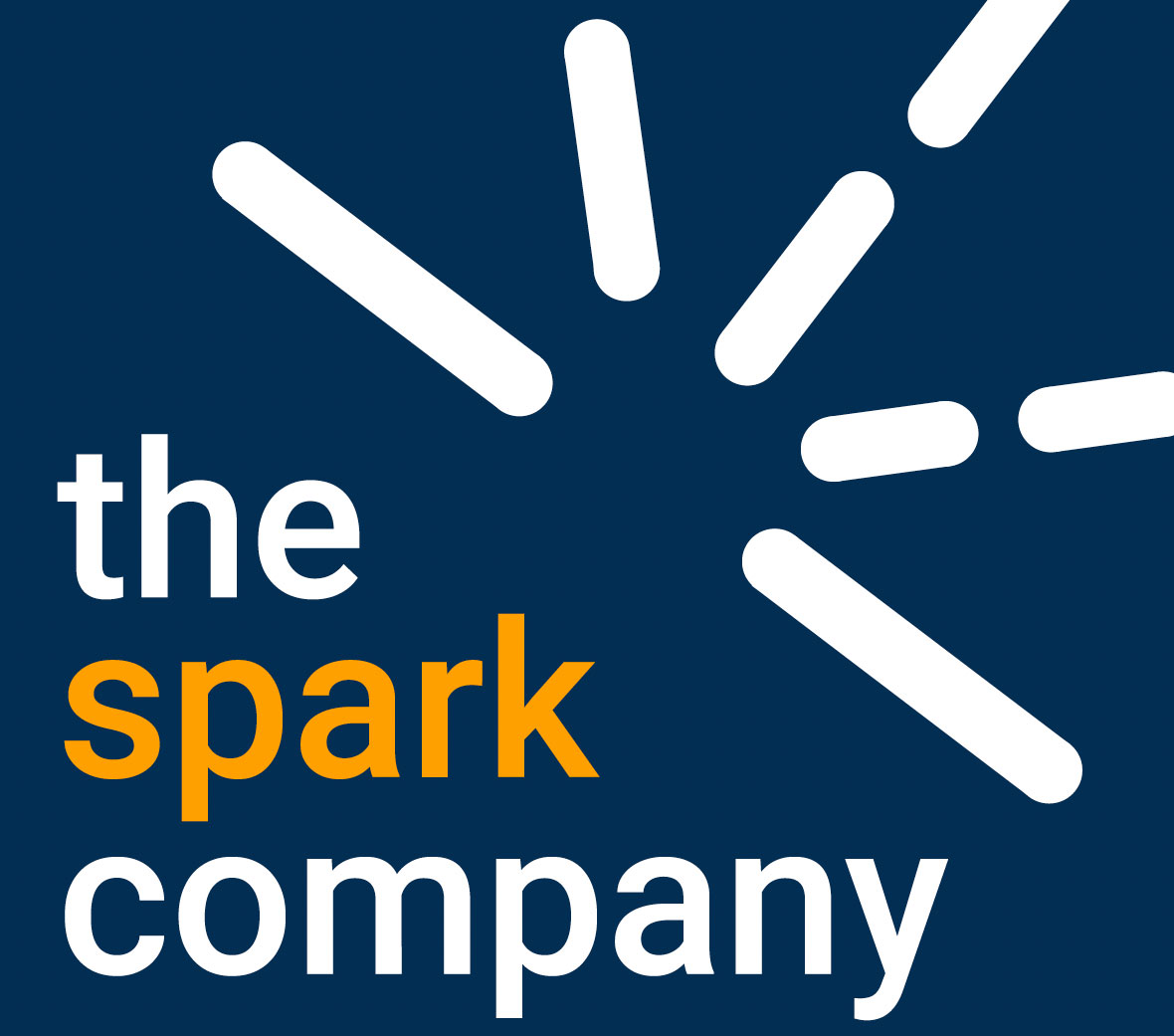There was a time when it would be considered a clear mark of a rubbish employer if there wasn’t a structured yearly appraisal in place. But the modern workplace recognises that a date in the diary once a year, coupled with a fat form to fill in, is nowhere near as effective as regular informal feedback.
Too many businesses conduct annual reviews in a way that is overly formal, creating unnecessary paperwork and ticking a box, without really getting to the heart of the employee’s performance. Lots of big companies, such as Adobe, have scrapped the yearly appraisal after realising the huge investment in the process often fails to hit the mark.
At Adobe, after a staff consultation, the old performance management system was replaced with check-in discussions at least once a quarter with less paperwork and proper space to review contributions, reward achievements and gather feedback. It’s a great example, and is starting to be adopted by many forward-thinking companies.
Formal box-ticking appraisals are a barrier to good performance and development
There is no magic formula, but regular and meaningful is a good rule of thumb.
Daily feedback is 6x more likely to be meaningful than annual feedback
It's not rocket science: higher engagement = improved productivity and performance
Make sure both the employee and manager are clear about what their performance is being measured against. You will need:
A system that’s working well will increase staff moral, engagement and productivity. It will nip problems in the bud by dealing with anything that comes up quickly, and will prevent the company from spending huge chunks of time on the paperwork that traditional annual appraisals generate.
Top tip: use a blend of formal reviews and informal development conversations
Organisational wide forms, systems, templates and guidance are a good idea, including making best use of HR self-service and HR systems. Above all, managers need to be self-aware and understand how to tailor their approach to the needs and wants of each team member.
We are passionate about finding ways to help bosses do the best they can to look after their people. Some of what we’ve outlined here is simple, but implementing activity that’s targeted to help those that need it most often gets businesses in a pickle. Primarily because they get bogged down about treating all employees the same. If you need help to work how to support those that need it in a way that’s fair and legal, then please drop us a line. We’d be happy to talk to you.


How often should performance be reviewed?
How should I be managing and developing performance in my organisation?

What’s the starting point for a new system?
Have regular conversations to create a high performance culture

What does a good performance review system look like?
How can I design the right approach for me?
Organisational wide forms, systems, templates and guidance are a good idea, including making best use of HR self-service and HR systems. Above all, managers need to be self-aware and understand how to tailor their approach to the needs and wants of each team member.Managers may need training and support to give regular and meaningful feedback
Don't know where to start when it comes to supporting your team through the Cost of Living Crisis?

